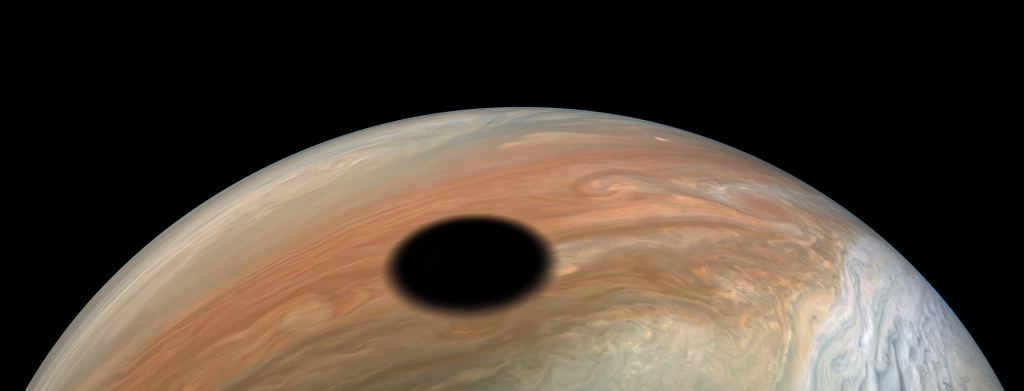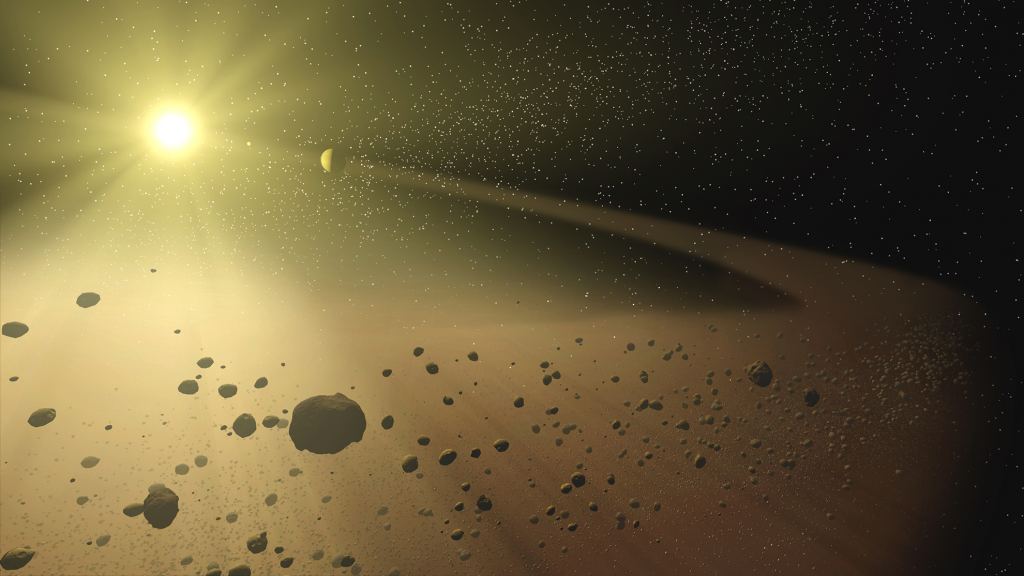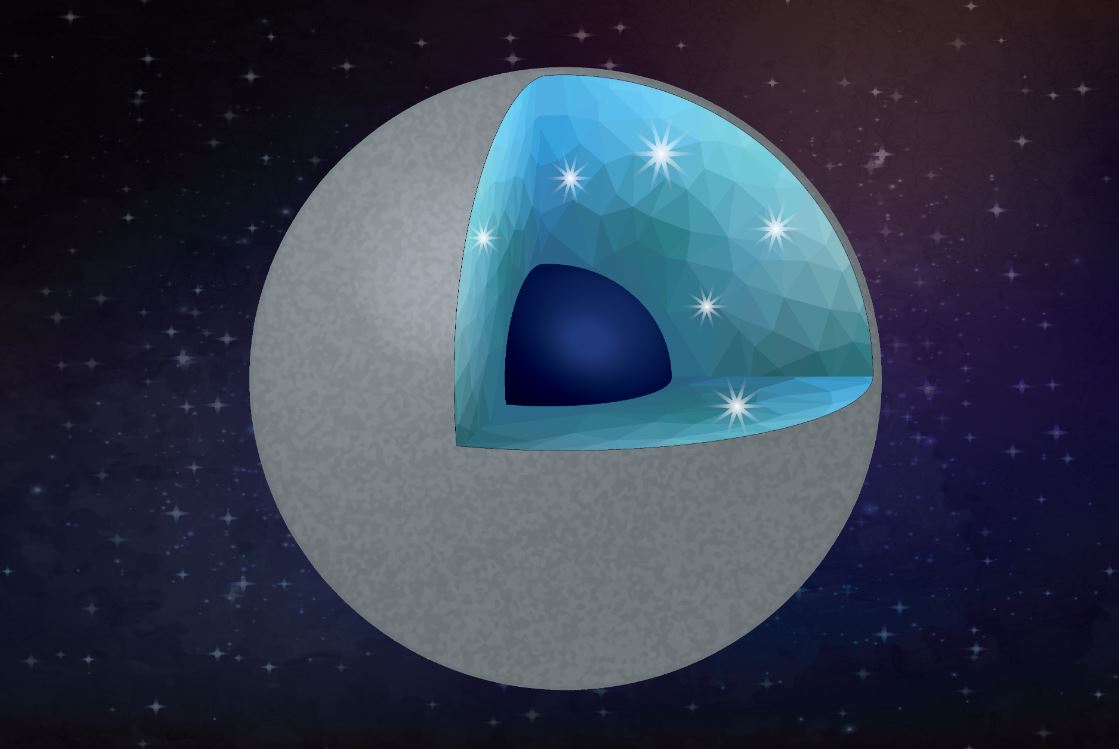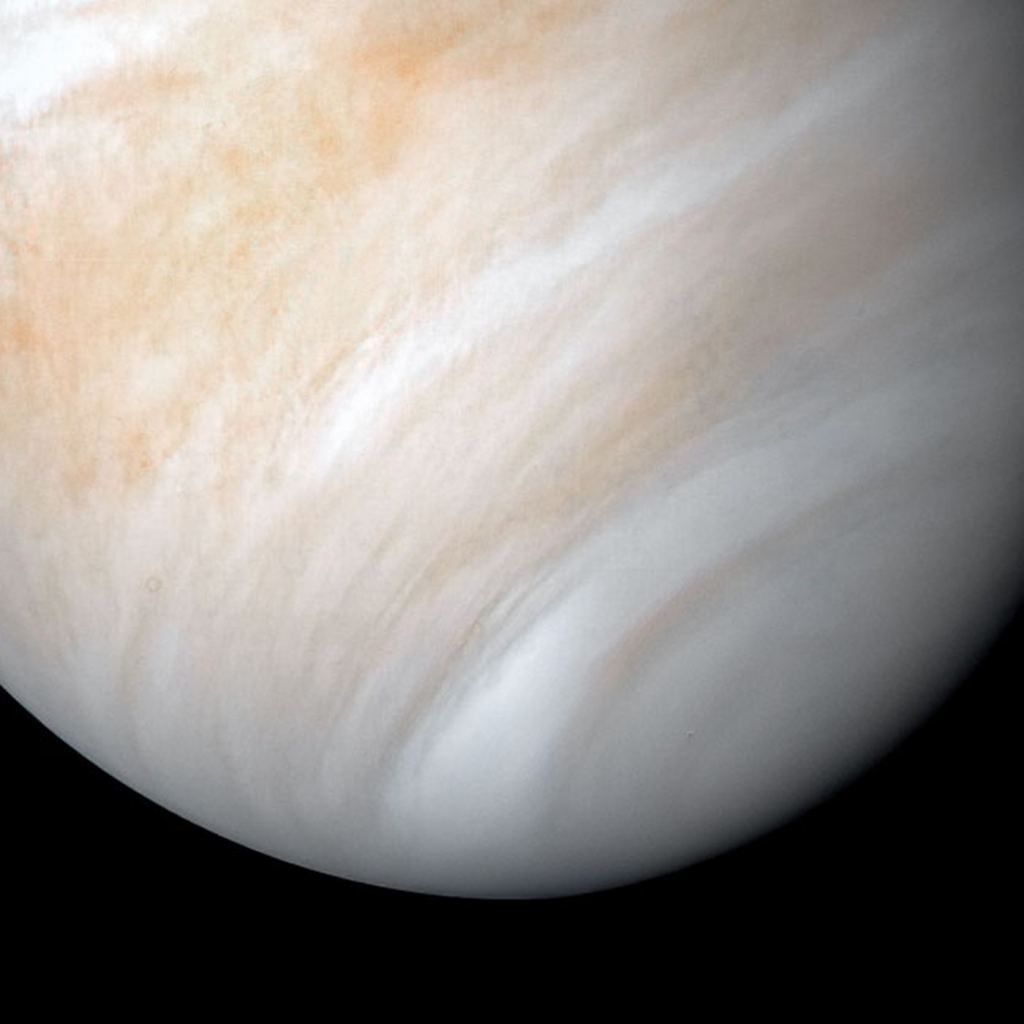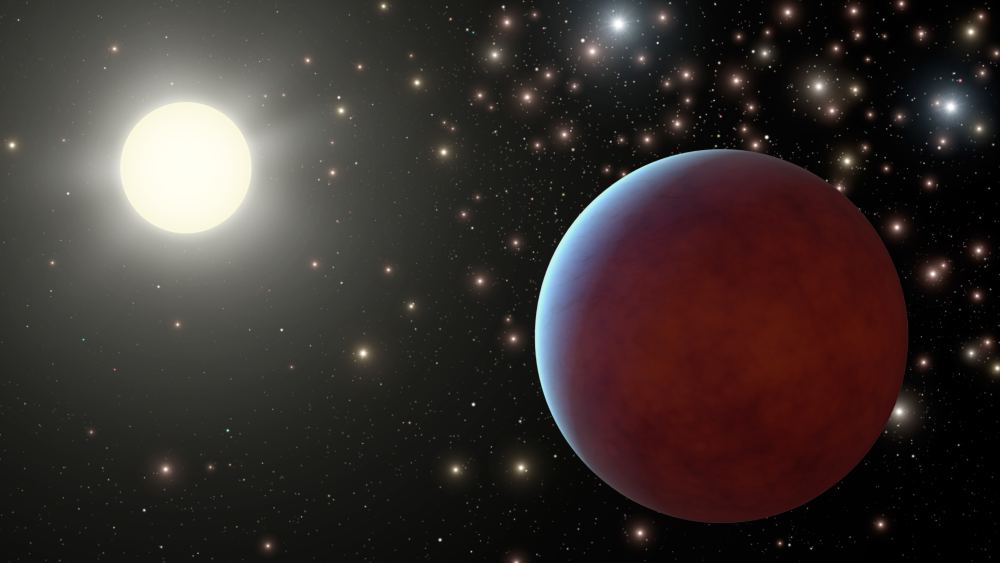Yesterday, we posted some incredible photos from the Juno Probe’s 29th flyby of Jupiter. Juno is in a highly elliptical orbit. It buzzes the planet at an altitude of 4,200km and then sweeps out to 8.1 million. Completing this circuit every 53 days, Juno only spends 2 hours within close proximity to Jupiter reducing the probe’s exposure to harmful radiation of high energy particles accelerated by Jupiter’s magnetic field.
